Cost-Benefit Analysis of Solar Lighting for Commercial Properties
Are high lighting maintenance costs causing you headaches? For commercial property owners and managers, the relentless cycle of rising electricity bills, frequent bulb replacements, and labor-intensive upkeep can feel like an endless drain on resources. These expenses not only impact your budget but also divert attention from growing your business and enhancing tenant satisfaction. If this resonates with you, you’re not alone. Fortunately, there’s a solution that addresses these challenges directly: solar lighting. By harnessing renewable energy from the sun, solar lighting provides a means to significantly reduce operational costs, enhance sustainability, and future-proof your property.
In this article, we will conduct a comprehensive cost-benefit analysis of solar lighting for commercial properties. Our insights will be supported by concrete data, such as the potential to reduce operational costs by up to 70%. We will also examine how this technology meets both financial and environmental objectives. Whether you oversee a retail plaza, office complex, or industrial site, you will understand why solar lighting is a valuable option for your next project.

The Burden of Traditional Lighting Costs
Lighting is a necessity for any commercial property, but traditional systems often come with a steep price tag. According to the U.S. Energy Information Administration, lighting accounts for about 10% of electricity consumption in commercial buildings—a number that can climb higher for properties with extensive outdoor needs, like parking lots or walkways. Beyond the monthly utility bill, there are hidden costs that add up over time:
- Frequent Maintenance: Traditional bulbs, such as incandescent or fluorescent, burn out quickly—sometimes within 1,000–2,000 hours. Replacing them across a large property can mean constant labor and material expenses.
- Energy Waste: Older lighting systems are notoriously inefficient, driving up electricity costs unnecessarily.
- Operational Disruptions: Maintenance work can interrupt business activities, frustrating tenants and customers alike.
- Carbon Footprint: Relying on grid power, often sourced from fossil fuels, clashes with growing demands for sustainable business practices.
For many B2B clients, these issues create a persistent challenge: how to maintain a well-lit, safe property without breaking the bank. Solar lighting offers a compelling alternative, promising not just relief from these burdens but a smarter, long-term investment.
Breaking Down the Cost-Benefit Analysis
So, what makes solar lighting a game-changer? Let’s break it down into its core benefits, supported by data and practical insights.
1. Slashing Operational Costs
The financial case for solar lighting starts with its ability to cut energy expenses dramatically. A study by the National Renewable Energy Laboratory (NREL) found that solar lighting can reduce energy costs by up to 70% compared to grid-powered systems. How? Solar lights use photovoltaic panels to convert sunlight into electricity, stored in batteries to power LED bulbs at night—no utility bill required.
Imagine a commercial property with 50 outdoor lights, each using 100 watts for 10 hours daily. At an average electricity rate of $0.12 per kWh, that’s about $2,190 per year. Switch to solar lighting, and that cost disappears entirely, saving over $20,000 in a decade from energy alone. But the savings go deeper:
- Lower Maintenance Costs: LED lights in solar systems last up to 50,000 hours—25 times longer than traditional bulbs. The U.S. Department of Energy estimates this can cut maintenance expenses by 50–75%.
- Simplified Installation: Solar lights don’t need extensive wiring or trenching, reducing upfront labor costs, especially in sprawling or remote properties.
The initial investment in solar lighting might be higher, but the payback period is often just 3–5 years, according to the Solar Electric Power Association. After that, it’s all savings—a clear win for your bottom line.
2. Boosting Sustainability
Beyond finances, solar lighting aligns with the growing push for eco-friendly business practices. Commercial properties adopting solar solutions can:
- Cut Emissions: Solar lighting generates zero emissions during use. The Environmental Protection Agency (EPA) notes that switching a typical property’s lighting to solar can reduce CO2 emissions by up to 1.5 tons annually.
- Strengthen Brand Image: Visible sustainability efforts resonate with tenants, customers, and partners who value green initiatives.
- Earn Certifications: Properties with solar lighting may qualify for LEED certification, enhancing marketability and value.
For businesses under pressure to meet ESG (Environmental, Social, Governance) goals, solar lighting is a practical step toward a greener footprint.
3. Enhancing Reliability and Safety
Solar lighting isn’t just cost-effective—it’s dependable. Equipped with battery backups, these systems keep shining through cloudy days or power outages, ensuring your property stays safe and secure. The Illuminating Engineering Society highlights that well-lit areas can reduce crime by up to 20%, a critical factor for commercial spaces.
Many solar lights also feature smart technology, like motion sensors, which optimize energy use while meeting specific lighting needs—another layer of efficiency and control.
A Real-World Success Story
To see solar lighting in action, consider a mid-sized office park in Texas that recently made the switch. Facing $15,000 in annual electricity costs and constant maintenance headaches from its old sodium-vapor lights, the property installed 150 solar LED units. The results?
- Energy Savings: Electricity costs dropped to zero, saving $15,000 yearly.
- Maintenance Relief: LED longevity cut maintenance spending by 65%.
- Environmental Win: The switch reduced the property’s carbon emissions by 120 tons annually.
The $100,000 installation cost was recouped in under four years, thanks to $25,000 in annual savings. Now, the property enjoys free lighting, a lower environmental impact, and happier tenants who appreciate the modern upgrade.
Overcoming Hesitations
Still on the fence? Let’s tackle some common concerns:
- Upfront Investment: Yes, solar lighting costs more initially, but incentives like the federal Investment Tax Credit (ITC)—offering a 26% tax deduction—can ease the burden. Long-term savings quickly outpace the startup cost.
- Sunlight Availability: Modern solar systems work efficiently even in less sunny climates, thanks to improved battery storage and hybrid options that tap the grid when needed.
- Design Fit: Today’s solar lights come in diverse styles, ensuring they blend seamlessly with your property’s aesthetic, from sleek modern to classic looks.
These solutions make solar lighting adaptable to nearly any commercial setting.
Why Now is the Time to Switch
With energy prices climbing and sustainability demands intensifying, solar lighting is more relevant than ever. The technology keeps improving—better efficiency, longer-lasting batteries, smarter features—making it a forward-thinking choice for commercial properties. It’s not just about cutting costs today; it’s about positioning your business for success tomorrow.
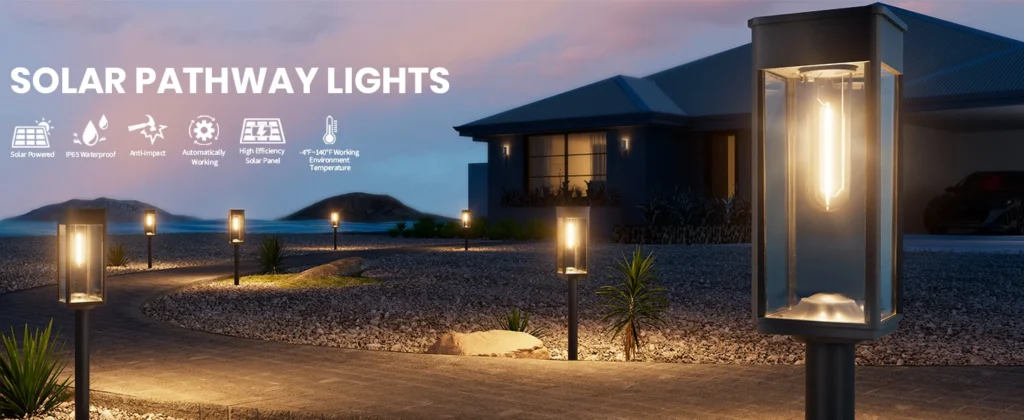
Take Action: Customize Your Solar Lighting Solution
High lighting costs don’t have to be a fact of life. Solar lighting offers a proven way to reduce operational expenses, enhance sustainability, and improve your property’s appeal—all at once. Why wait to start saving?
At BITPOTT, we’re here to help you make the transition. Our team specializes in crafting customized solar lighting solutions tailored to your commercial property’s unique needs—whether it’s a parking lot, office campus, or industrial site. Contact us today to learn how we can design a plan that maximizes your savings and transforms your space. Let’s light the way to a brighter, more cost-effective future together.
Frequently Asked Questions (FAQ)
To help you better understand the benefits and practicalities of solar lighting for commercial properties, we’ve compiled answers to some common questions. If you have additional queries, feel free to contact us for personalized guidance.
Q: What is the initial cost of installing solar lighting for commercial properties?
A: The initial cost of solar lighting systems varies based on property size, system type, and installation complexity. Typically, costs include solar panels, batteries, LED fixtures, and installation labor. On average, commercial solar lighting projects range from $5,000 to $50,000 or more, depending on the scope and requirements.
Q: How long does it take to see a return on investment (ROI) with solar lighting?
A: The payback period for solar lighting systems typically ranges from 3 to 7 years, depending on local electricity rates, sunlight availability, and available incentives. Once the system is paid off, it provides free lighting for years, as solar panels often come with 20–25-year warranties.
Q: Are there government incentives or rebates for installing solar lighting?
A: Yes, many governments offer incentives to promote solar adoption, such as tax credits, grants, or rebates. In the U.S., for example, the federal Investment Tax Credit (ITC) allows businesses to deduct a portion of installation costs from federal taxes. Some states and local governments also provide additional incentives to reduce upfront costs.
Q: How do solar lighting systems perform in areas with limited sunlight?
A: Solar lighting systems can still operate in areas with less sunlight, though efficiency may be lower. Modern solar panels capture diffuse sunlight, generating power even on cloudy days. However, lighting duration or brightness may be affected in overcast regions. Choosing systems with ample battery storage can mitigate limited sunlight.
Q: What maintenance is required for solar lighting systems?
A: Solar lighting systems require minimal maintenance. The primary task is keeping solar panels clean and free of debris. Batteries typically need replacement every 5–7 years, depending on type and usage. LED lights are long-lasting and rarely need replacing. Regular inspections ensure optimal performance.
Q: Can solar lighting integrate with existing electrical systems?
A: Yes, solar lighting can often integrate with existing electrical systems. For example, hybrid systems allow solar lights to draw from the grid during low sunlight periods. This ensures uninterrupted lighting while reducing reliance on traditional energy. Consult a solar lighting expert to determine the best integration approach for your property.
Q: What are the environmental benefits of switching to solar lighting?
A: Solar lighting significantly reduces carbon footprints by eliminating emissions from grid-powered lighting. According to the U.S. Environmental Protection Agency (EPA), switching a typical commercial property to solar lighting can cut CO2 emissions by up to 1.5 tons annually. It also conserves natural resources, supporting sustainability goals.
Q: How do solar lights compare to traditional lighting in terms of brightness and reliability?
A: Modern solar lights, especially those with LED technology, offer brightness comparable to traditional systems, meeting commercial lighting standards. With battery backups, they remain reliable during cloudy days or power outages. Many systems include smart features, like motion sensors, for enhanced efficiency.
Q: Are there specific considerations for different types of commercial properties (e.g., warehouses, offices, retail spaces)?
A: Yes, different property types may require tailored solar lighting solutions:
- Warehouses: Need high-intensity lighting for safety and operations, suited for high-capacity solar systems.
- Offices: Often prioritize aesthetics and efficiency, ideal for sleek, integrated solar fixtures.
- Retail Spaces: Can use solar lighting to highlight storefronts and parking lots, enhancing customer experience while cutting costs.
A professional assessment can identify the best system for your specific needs.
Q: What is the typical lifespan of a solar lighting system?
A: Solar lighting systems are built to last. Solar panels typically carry 20–25-year warranties and may function longer. LED lights can last up to 50,000 hours, and batteries generally need replacement every 5–7 years. With proper maintenance, systems can provide reliable service for decades.

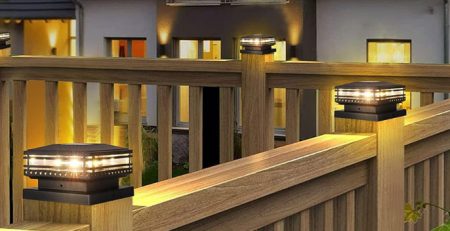
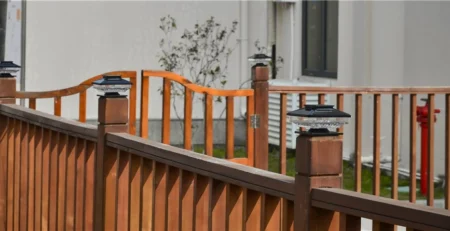
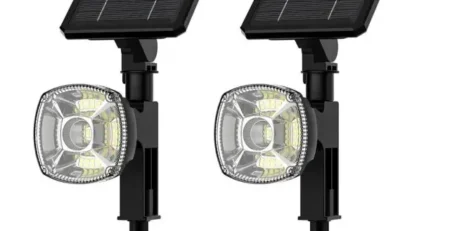
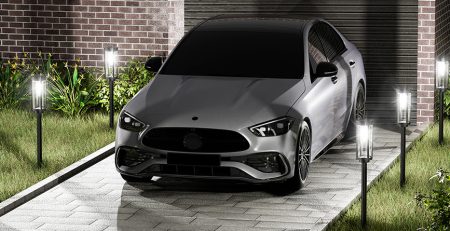

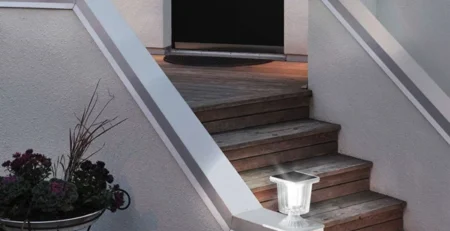
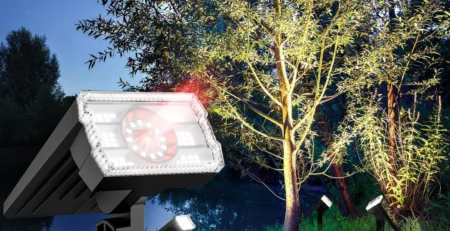
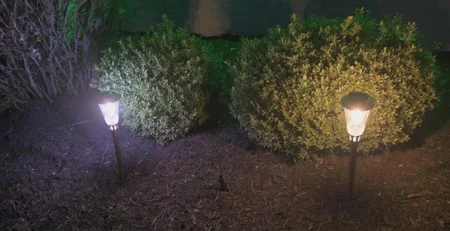

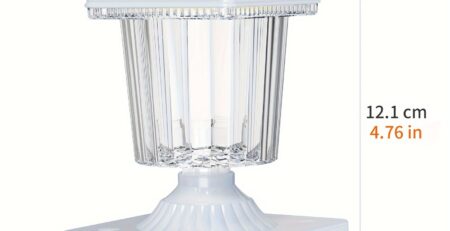
Leave a Reply